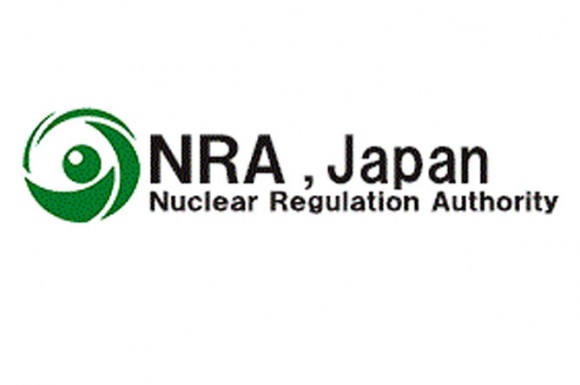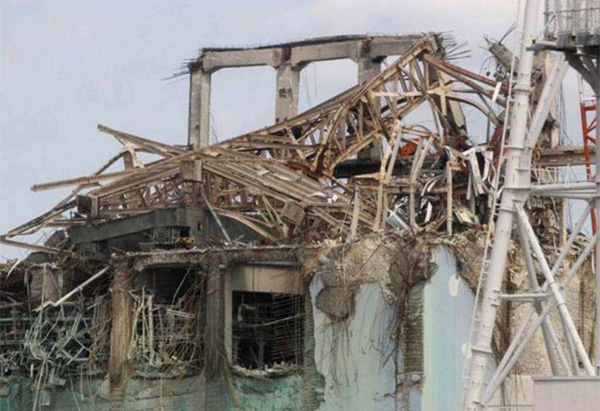

(SEE IMPORTANT LINKS BELOW)
reuters.com - by Antoni Slodkowski and Mari Saito - TOKYO | Aug 5, 2013
(Reuters) - Highly radioactive water seeping into the ocean from Japan's crippled Fukushima nuclear plant is creating an "emergency" that the operator is struggling to contain, an official from the country's nuclear watchdog said on Monday.
This contaminated groundwater has breached an underground barrier, is rising toward the surface and is exceeding legal limits of radioactive discharge, Shinji Kinjo, head of a Nuclear Regulatory Authority (NRA) task force, told Reuters.
Countermeasures planned by Tokyo Electric Power Co are only a temporary solution, he said.
Tepco's "sense of crisis is weak," Kinjo said. "This is why you can't just leave it up to Tepco alone" to grapple with the ongoing disaster.
"Right now, we have an emergency," he said.
(READ COMPLETE ARTICLE)
Recent Comments